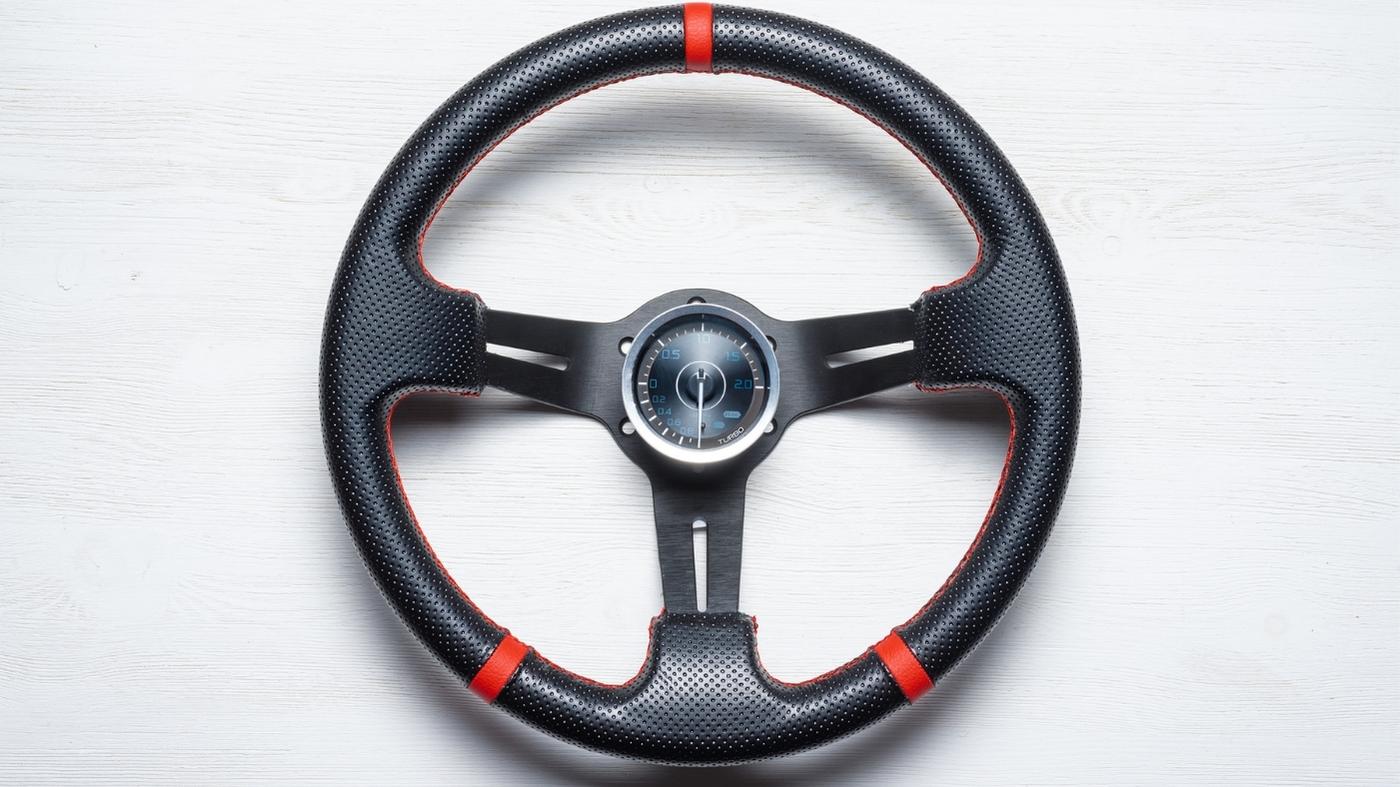SimHub Telemetry & Sensor Tuning Tutorial (2025 Guide)

If you’re using load cell pedals, a USB handbrake, or a telemetry dashboard — but not running SimHub — you’re leaving performance on the table. SimHub is a free, powerful telemetry suite that connects your hardware inputs to real-time data and lets you fine-tune force curves, vibration motors, LED dashboards, and sensor behaviors
In this guide, we’ll show you how to:
- Calibrate and tune load cell pedals
- Set custom brake force curves
- Map analog handbrakes
- Build a custom dashboard with live telemetry data
This tutorial is perfect for anyone using gear like Heusinkveld, SimTrecs, Meca, or Fanatec with USB load cell sensors and analog peripherals.
Step 1: Install SimHub and Connect Your Devices
- Download SimHub from the official site: https://www.simhubdash.com
- Install and run the application
- Connect your devices:
- Load cell pedals (USB or via controller board)
- E-brake or analog handbrake
- Steering wheel + shifter
- Optional: Arduino-based dash, LEDs, or bass shaker
SimHub will auto-detect supported devices and create profiles per game (iRacing, Assetto Corsa, ACC, etc).
Step 2: Tuning Load Cell Pedals in SimHub
Once your pedals are detected:
- Go to “Input Testing” to check signal strength and stability
- Open “Pedal Calibration”
- Set min/max thresholds
- Apply dead zones if needed
- Use filters to smooth noisy input
Create Custom Brake Curves
Go to “Custom Curve Mapping”:
- Define how pressure maps to in-game brake %
- Make the curve progressive for trail braking
- Save different profiles for F1 vs rally vs GT cars
✅ Tip: Combine this with your brake pad kit (e.g., SimTrecs or Heusinkveld elastomers) to dial in the exact resistance-to-output ratio.
Step 3: Analog Handbrake Tuning
- Go to Controls > Axis Configuration
- Find your e-brake input (usually USB device #2 or #3)
- Map the axis to “handbrake” in your target sim (via game-specific profile)
- Apply a linear or exponential curve for realistic modulation
Optional: Enable vibration or tactile feedback when handbrake reaches max travel — ideal for rally stages.
Step 4: Dashboards, LEDs & Vibration Feedback
SimHub shines when you start building visual and haptic feedback layers:
Dash Studio:
- Choose from pre-built F1, GT, and rally dashboards
- Customize gears, RPMs, delta timing, brake pressure indicators
- Export to smartphone, tablet, or Arduino screen
LED Control:
- Connect WS2812B LED strips for RPM lights
- Flash brake lights at full pedal pressure
ShakeIt Bass Shaker:
- Use telemetry to trigger vibrations on ABS lock-up, gear shifts, etc.
Step 5: Export & Share Profiles
Once your tuning is locked:
- Save your SimHub profiles per game or car type
- Export your brake and sensor curves for backup
- Share with racing team or sim community
You can also create different profiles for:
- Formula cars (stiff brake curves)
- Rally cars (mid-compression handbrake + soft pedals)
- GT endurance (more forgiving trail braking curves)
FAQs
Q: Is SimHub free?
A: Yes. The core version is free. Some features like high-resolution dashboards are unlocked with a small donation.
Q: Will SimHub work with my Fanatec gear?
A: Yes — if you use USB mode or a supported SDK integration. Check device compatibility.
Q: Can I use SimHub with console games?
A: No — SimHub is PC-only.
Conclusion
Tuning your load cell pedals, handbrake input, and dashboard telemetry with SimHub unlocks pro-level feedback and control. It bridges the gap between sim and reality by letting you map how every sensor behaves.
👉 Want to upgrade your hardware before tuning? Explore our load cells and sim sensors or contact us for help with your custom setup.
📘 Related Blogs:
